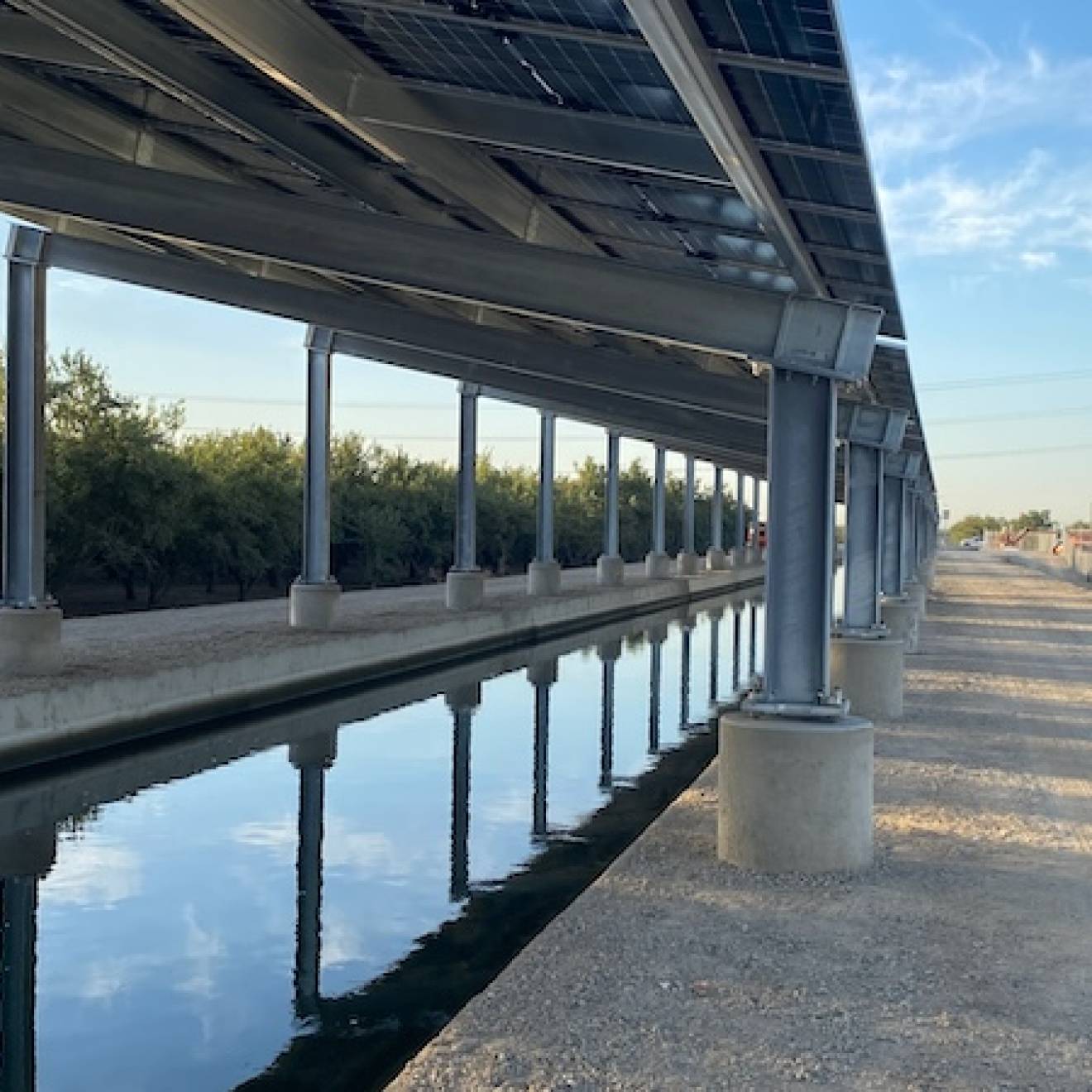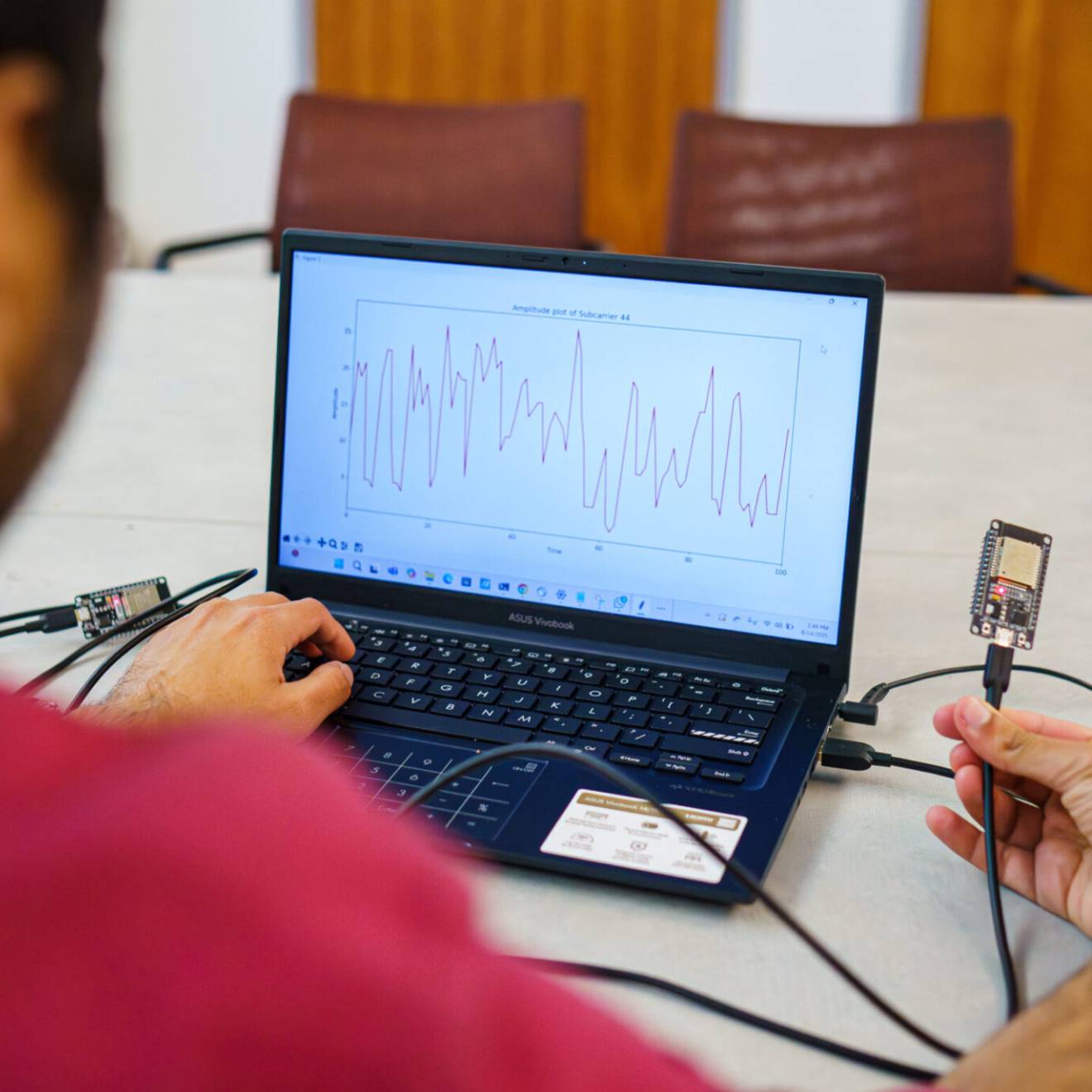Tiffany Fox, UC San Diego
A trip to the Guatemalan jungle usually nets a few souvenirs: photographs of Maya ruins, bragging rights about encounters with venomous snakes, perhaps a bug bite or two.
Following a recent field expedition to the Mesoamerican archaeological site known as El Zotz, researchers from the University of California, San Diego’s Qualcomm Institute (QI) returned home from Guatemala with all of the above — plus 300 gigabytes of 3-D data derived from a bevy of high-tech virtual devices.
The collaboration began between QI’s engineers and Maya archaeologists when Jason Paterniti of the GEOS Foundation organized a joint visit to the site known as El Zotz in February of this year. Following this initial foray, project director Thomas Garrison of the University of Southern California and co-director Edwin Roman-Ramirez of the University of Texas, Austin invited the UC San Diego team — including QI research scientist and National Geographic Emerging Explorer Albert Lin — to help document the pre-Columbian site. El Zotz, which is 14 miles west of the major center of Tikal, contains many unexcavated mounds and tombs and is so named for the hundreds of thousands of bats that fly out from under nearby cliffs at sunset.
“Jason introduced Thomas and I out of his interest in merging unlikely partners to push the frontiers of exploration, because that’s just what he does with his GEOS foundation,” says Lin. “This resulted in a muddy combo of Tom's world of Maya archaeology with the QI Engineers for Exploration team,” which Lin describes as “a student-powered innovation incubator for exploration founded out of his similarly technology enabled project in Mongolia to search for Genghis Khan's tomb. Lin now co-directs E4E, as it’s known, with UC San Diego Professor of Computer Science Ryan Kastner and QI Principal Design Engineer Curt Schurgers, who were also members of the El Zotz expeditions. E4E was funded in 2009 with seed funds from National Geographic.
Ancient seat of power
The goal of the El Zotz Archaeological Project, funded principally by the Fundación Patrimonio Cultural y Natural Maya (PACUNAM), is to understand how an ancient dynasty established itself as a seat of power within the complex milieu of ancient Maya city-states. This involves looking at the early iconography of buried temples as well as the footprint the ancient Maya city had on the landscape. New technologies are aiding in improving both of types of documentation.
Bats perhaps were an appropriate spirit animal for this particular expedition, since getting a ‘bat’s eye view’ of the site was one of the primary goals of the QI team. Lin, Kastner, Schurgers and students David Dantas, Dominique Meyer, Eric Lo, Sabrina Trinh and Dustin Richmond spent a few weeks last spring testing various devices that could provide an aerial glimpse of El Zotz through the thick jungle canopy, as well as other methods for capturing and rendering 3-D models of tombs and tunnels on the ground. The team’s excursion was funded in part by the UC San Diego Computer Science and Engineering Endowment Fund, the National Science Foundation’s Research Experience for Undergraduates program and QI’s Engineers for Exploration (E4E) program.
“While people have found a lot of the big sites in this area where there are large temples, we know there are structures that are not tall enough to easily be found,” says Schurgers. “Up until now, exploration has mostly been done on foot, but that’s difficult because the jungle is so thick. Most of this civilization is buried under the tree canopy, and some of these trees are more than 200 feet tall.”
“There remains a lot about the Maya that people don’t know,” adds Kastner. “How did the regular people live? How did the Maya cultivate land? How did their road system work? What was the political interplay between city-states? Archaeologists can derive a lot of information from roads and how societies interacted.”
Rain, bugs, rodents, snakes
While digital 3-D capturing and rendering technology may now exist to help solve some of the mysteries of the Maya, getting such imagery of El Zotz is no trivial affair. This is a rain forest, after all , which means lots and lots of rain. The excavation tunnels are only open for two months out of the year at the end of the dry season (which, in the rain forest, is more like a "drier" season). Dry weather might make excavations of the tombs and tunnels around El Zotz a bit easier but it also means more bugs. A lot more bugs.
“Kamikaze bugs,” Schurgers calls them. “We would run lights for the staging area and the dinner table and while the lights were on the bugs would congregate in the netting above these areas. We’d turn off the lights around 10:30 p.m., but the bugs would stay. When you’d go inside with a headlamp, they’d come flying right at your face.”
Adds Kastner: “Some of the students would scream when the bugs flew at them in the middle of the night, which made others mad because it woke them up. We all had to get up by 5 a.m., since that’s when the howler monkeys would start screaming.”
And if it wasn’t the bugs (or the monkeys), it was the bats. And the rats. And the snakes. One night Garrison had to take a machete to a poisonous snake that had entered the team’s camp, and once when Kastner pulled aside a tarp that had been covering the entrance to a tunnel at the Pyramid of the Wooden Lintel (a system of temples and tombs at El Zotz that Garrison’s team had been excavating), a “big black snake” came slithering out.
‘When I turned around to tell Dustin, Dustin was already gone.”
Still, the thrill of documenting never-before-discovered tombs made dealing with the local fauna a bit easier to bear. Garrison’s team found one tomb with remains still inside (although the bones had been disturbed by rats). The tomb also included several pots, including one with the image of a spider monkey painted onto it. Schurgers, Kastner and their students created structure-from-motion (SfM) imagery of the pot, which entails taking two-dimensional photographs from multiple angles and then tracking and aligning features in the photos (such as corner points) to "stitch together" and reconstruct the object digitally in 3-D.
“Images like the one of the spider monkey pot really helps archaeologists to visualize object in 3-D without needing to physically hold the object. This is also a great way to share the thrill of discovery with the public,” said Garrison.
El Zotz is famous for its well-preserved Early Classic (AD 300-600) architecture, with elaborately decorated stucco surfaces. SfM was also used to document a large mask in the shape of an anthropomorphic face that had been carved into the limestone wall of one of the temples. The nose of the mask had been purposely deformed by Maya to "kill the spirit of the mask,' Schurgers says, so they could build over it. Deforming the mask meant it was no longer a representation of a God.
“When the Maya had one temple and wanted to build new one, they would just build another layer on top. When archaeologists do excavations here, it’s kind of like going through layers of onion, where the outer layer is the youngest layer.”
For the youngest members of the UC San Diego team — the undergraduates — Kastner says having the opportunity to document these ruins is one example of what all of them work so hard for during the school year.
“This is a motivator for the students," he adds, "not just for the ones who go on the expedition, but those who work with them. They get to take all the engineering work they’ve done and skills they’re learning and use them for something in the field. It becomes something more than just an academic problem.”
Overcoming aerial obstacles
Still, plenty of problems remain. Satellite imagery of the area exists, but it, too, is obstructed by the tree canopy, and the team determined from tests during this and a previous expedition that launching an unmanned aerial balloon up and through the trees to document the area was virtually impossible — not to mention the lack of helium available in that part of the world.
The QI team eventually concluded that an unmanned quadcopter or plane is the best bet for capturing aerial imagery, particularly if the researchers can equip a drone with a LiDAR (light detection and ranging) laser to capture and recreate a 3D digital reconstruction of El Zotz and the surrounding area. The team is already making plans to do aerial LiDAR during the dry season next year.
In addition, the UC San Diego team has received a Calit2 Strategic Research Opportunities grant to fund aerial sensing of the Maya jungle. Calit2 is the California Institute for Telecommunications and Information Technology — home base to QI.
“When you shoot lasers down through trees,” Kastner explains, “some points of the temple sites are going to be visible, the same way some areas of the sky are going to be visible through the tree canopy when you’re looking up.”
Garrison previously attempted to do aerial LiDAR from a commercial airplane by hiring a pilot to fly in patterns over the site, but it was cost-prohibitive.
“You don’t want to spend hundreds of thousands of dollars doing manned aerial LiDAR only to not find anything, so they would have to fly over sites they already knew were there,” says Schurgers.
Perry Naughton, who visited El Zotz in February and is a second-year Ph.D. student in QI’s Center for Interdisciplinary Science in Art, Architecture and Archaeology (CISA3), says one of the challenges as an engineer “designing systems that are appropriate for the user groups you’re working with.”
“A lot of the technologies we planned to use were thwarted by the jungle,” he adds. “Even the copters can only take off in very few places. This is why collaboration is so important. We can come up with a wonderful, good-looking map of area, but if it’s not useful to the archaeologists, then it’s not helpful at all. Working with Tom is really beneficial — he tells us what he wouldn’t use and we all come up with other ideas.”

